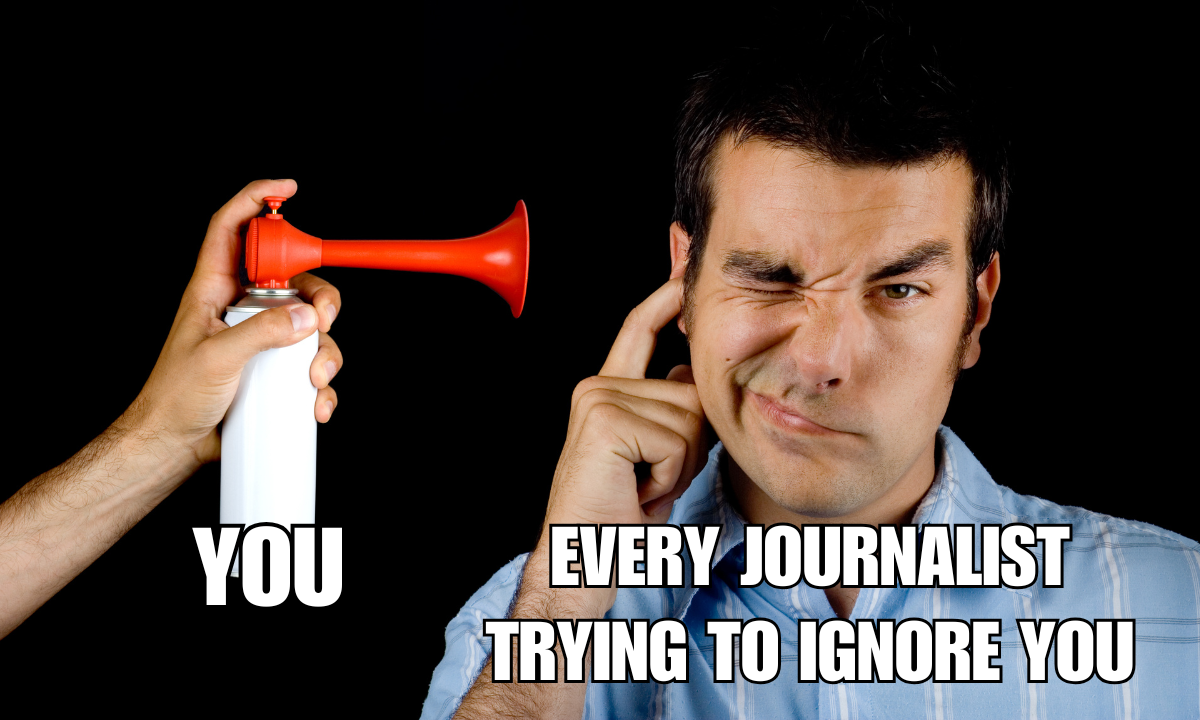How to make the media pay attention to you: Part 1

The most common question I get as a journalist is overwhelmingly, “How do I get the media to do a story on (insert event, noun, issue here)?”
That’s a simple question with a very long answer. A few weeks ago, I said I would start to outline some things that would help, especially since some non-profits have a small or non-existent marketing budget, so here we go.
Surprise! The humble press release is still the best way to get through to the media.
Step 1. Gather the email addresses of the media newsrooms that you want to target. If this is local, it’s not too time-consuming, and once it’s done, you have it forever. If you want to target a wider audience, there are wire and marketing companies that can help you, but they will cost you, and you do not get access to their actual list.
Step 2. Email said media newsrooms with your idea.
Now there’s a big caveat to Step 2. When I was a daily journalist, we would get dozens, if not hundreds, of press releases in the main newsroom inbox daily. Do you know how much time I spent, on average, looking at each one?
About three seconds.
Three seconds is how long you have to get my attention.
A press release should be succinct and immediately get to the point.
I have a very good musician friend who once asked me to look over a press release she sent about her new album dropping.
Well, I nearly dropped her as a friend. (I’m kidding Lindsey, I love you!)
It was 900 words long. It had a second page with even more background information. And the album release info was buried at the bottom, because she spent the entire release talking about what the album meant to her and how much she loved Winnipeg and I don’t even remember, because I stopped reading it after three seconds.
She was aghast when I told her to cut out everything except about 150 words and re-send it.
After initially gaining no traction, it worked the second time.
Next time, I’ll talk about what, exactly, should be in your release – and what shouldn’t.

